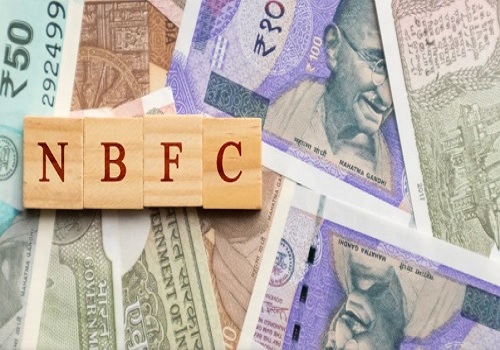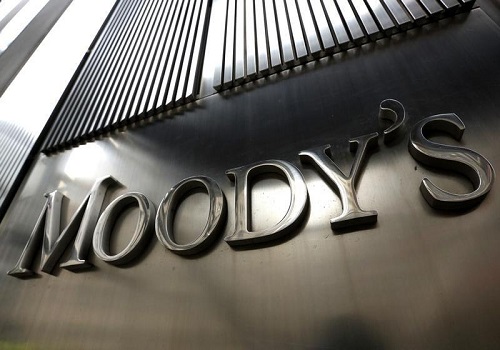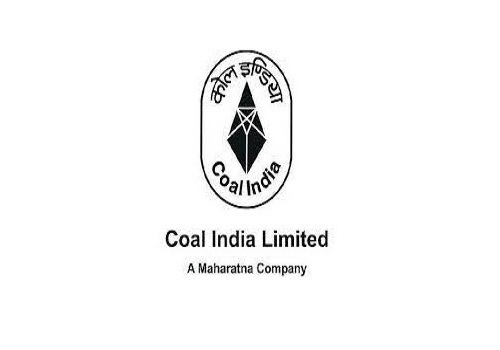NBFC Sector Update - Gradual recovery taking shape; RBI norms a near-term hump By JM Financial

Follow us Now on Telegram ! Get daily 10 - 12 important updates on Business, Finance and Investment. Join our Telegram Channel
VF NBFCs/ HFCs – Gradual recovery taking shape; RBI norms a near-term hump
In 2QFY22, NBFCs (HFCs and VFs) under our coverage performed broadly in-line with our expectations. As economic activities picked up with declining Covid cases and increasing vaccination, disbursements recovered significantly while AUM growth was mixed across HFCs and VFs. Individual housing loans maintained buoyancy and wholesale segment remained challenging for HFCs while used vehicles, led by used CV, witnessed healthy demand and most VFs reported healthy business volumes in used vehicles. Cost of Funds continued to provide cushion to margins while negative carry owing to additional liquidity still persisted. Mgmts guided to have CoF around these levels with downward bias up to 20bps and will consider reducing excess liquidity in next 1-2 qrtrs, hence margins should improve from current levels. As collection efficiency (CE) improved MoM and reached pre-Covid levels for most of the HFCs and VFs, GS3 sequentially improved. Similarly, GS2 assets came off (except for MMFS) 1QFY22 highs while restructured book expanded across HFCs and VFs. Despite improvement in CE, we believe it will not be reflected in asset quality in next few quarters because of harmonization of asset classification and associated norms, as per which: i) NBFCs now have to upgrade NPAs (GS3) to ‘standard’ only when the entire arrears have been cleared, ii) NBFCs will have to follow daily NPA stamping vs. once a month till now. We see VFs getting more impacted as compared to other NBFCs by these norms. If credit cost goes up, PnL will get impacted. RBI could be a spanner in the works which may result in higher credit costs/ hamper recovery in the near term though improve resilience in long term. We like larger players vs. smaller NBFCs – given superior access to low cost funding, ability to invest in technology and lower stress. CIFC is our top pick while SHTF remains a cyclical beneficiary.
* Recovery in disbursements; AUM growth mixed: In 2QFY22, disbursements recovered significantly while AUM growth was mixed across HFCs and VFs. For HFCs, YoY AUM growth was divergent (-14% to 11%) as HDFC (up 11% YoY) and LICHF (up 11% YoY) continued strong momentum while decline in PNBHF (down 14% YoY) was driven by calibrated disbursements with focus on retail, higher BT out and sharp decrease in construction finance book. Overall, individual housing loans maintained buoyancy and wholesale segment remained challenging for HFCs. For VFs, YoY AUM growth was lesser divergent (-3 % to 7%) where CIFC negatively surprised as AUM expanded 4% YoY (vs. 6% JMFe/ 7% in 1QFY22). AUM growth for SHTF was healthy and in-line with JMFe at c.7% YoY while -3% YoY for MMFS. Used vehicles, led by used CV, witnessed healthy demand and most VFs reported healthy business volumes in used vehicles. We believe strong trends to continue for HDFC, LICHF, CIFC and SHTF and post healthy AUM growth in FY22 while AUM growth for MMFS and PNBHF to remain lacklustre in FY22.
* Cost of Funds remained benign and aided margins: CoF maintained the downward trajectory across HFCS and VFS – where drop was witnessed on QoQ (10bps to 25bps) and YoY (30bps to 110bps) basis. QoQ, CoF for SHTF declined the most (25bps). The compression in CoF provided cushion to the margins, as they are facing downward pressure from negative carry owing to additional liquidity on BS. Mgmts guided to have CoF around these levels with downward bias up to 20bps and will consider reducing excess liquidity in next 1-2 qrtrs, as any possibility of Covid 3rd wave would have subsided and better growth opportunities would open up across segments. Hence, margins should improve from current levels.
* Healthy trends continued in CE, GS3 improved while stress book remained elevated: Collection efficiency (CE) improved MoM and reached pre-Covid levels for most of the HFCs and VFs. GS3 sequentially improved across HFCs and VFs, however improvement was more prominent in VFs (QoQ reduction of 60bps to 290bps), as they were worse impacted. Similarly, GS2 assets came off (except for MMFS) 1QFY22 highs while restructured book expanded across HFCS and VFS. Despite improvement in CE, it will not be reflected in asset quality because of harmonization of asset classification and associated norms, as per which: i) NBFCs will now be able to upgrade NPA accounts (GS3) to ‘standard’ only when the entire arrears have been cleared vs. when there were less than three instalments overdue hitherto, ii) NBFCs will have to follow daily NPA stamping vs. once a month hitherto. We see VFs getting more impacted as compared to other NBFCs by these norms. If credit cost goes up, PnL will get impacted.
* Our view: We continue to like NBFCs and expect 2HFY22 to be robust, driven by sustained momentum in disbursements and healthy collection efficiency. Credit costs for FY22 should decline from FY21 levels. RBI could be a spanner in the works which may result in higher credit costs/ hamper recovery in the near term though improve resilience in long term. We continue to like larger players vs. smaller NBFCs – given superior access to low cost funding, ability to invest in technology and lower stress. CIFC is our top pick while SHTF remains a cyclical beneficiary.
To Read Complete Report & Disclaimer Click Here
Please refer disclaimer at https://www.jmfl.com/disclaimer
CIN Number : L67120MH1986PLC038784
Above views are of the author and not of the website kindly read disclaimer










Tag News

Monthly Auto Sector Update - Robust PV/CV demand; Tractor momentum continues; Entry-level 2...
More News

Telecom Sector Update - The curious case of Bharti Airtel - Will FIIs `recharge`? By Emkay ...





 320-x-100_uti_gold.jpg" alt="Advertisement">
320-x-100_uti_gold.jpg" alt="Advertisement">







